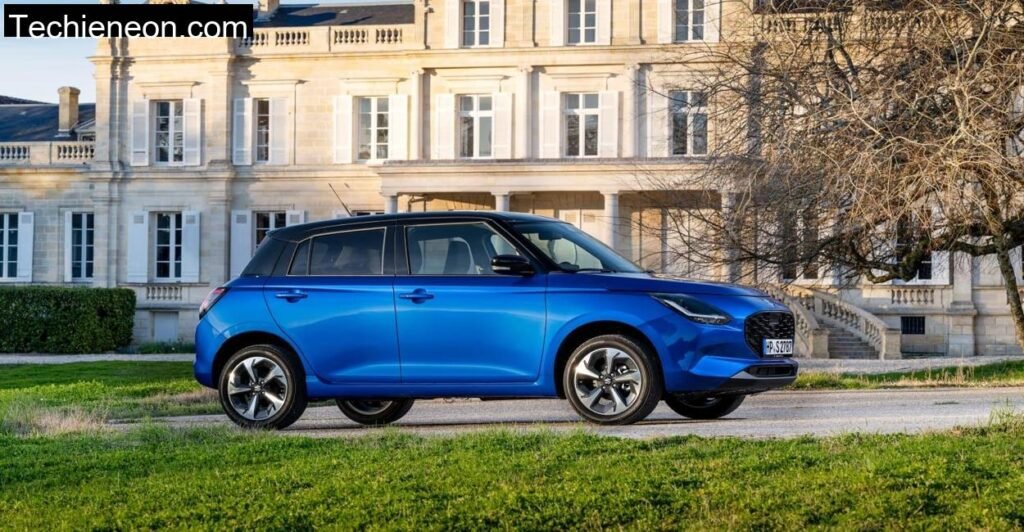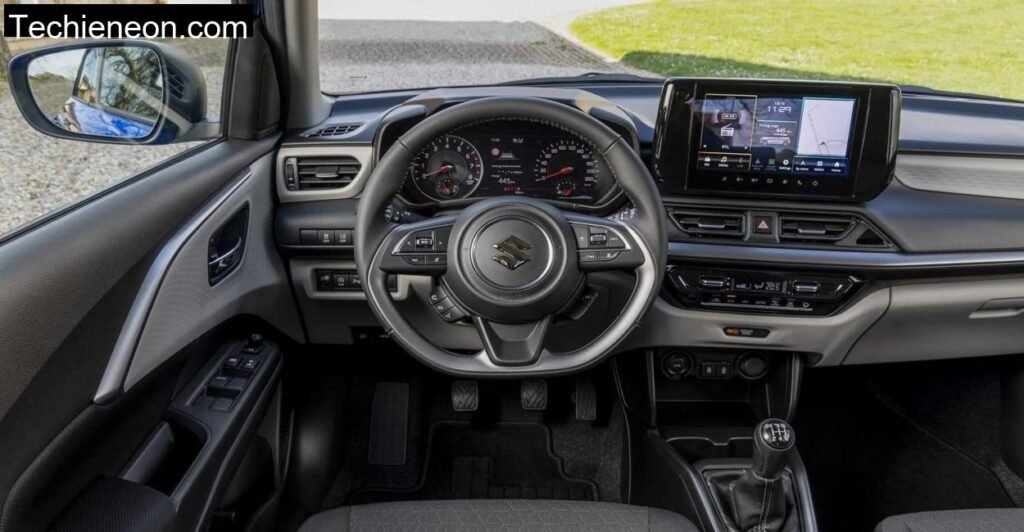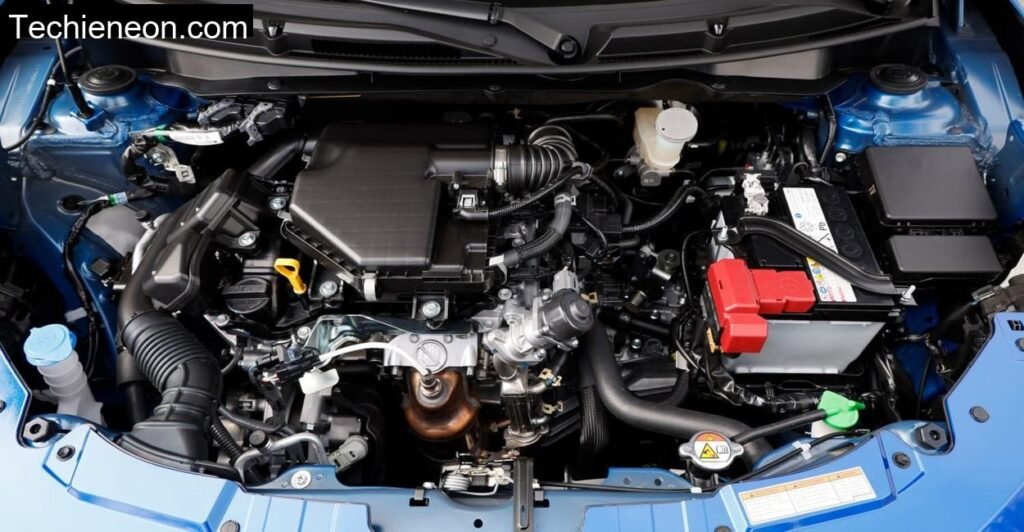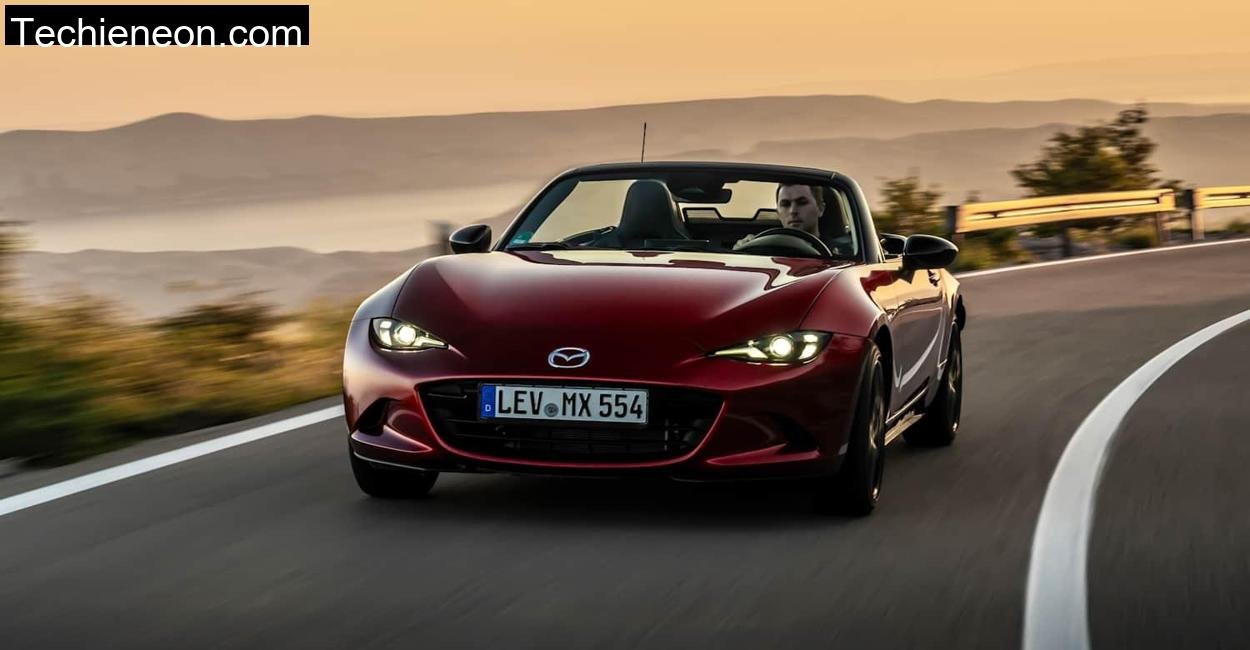The forest-lined ascent of Silberberg in the Bavarian Forest isn’t where you’d usually expect to find a city car earning its stripes. But then again, the new 2024 Suzuki Swift isn’t your average city car. With its cheerful aesthetics, surprisingly deep feature set, and a mild-hybrid drivetrain eager to climb higher than its 1.2-liter engine might suggest, the Swift makes a compelling case for itself, even when the tarmac gets tight and twisty.
Over a full day of winding hairpins, sudden gravel patches, and panoramic drop-offs around the Silberberg slopes, the little Suzuki showed us what it means to be compact but not compromised. Here’s everything you need to know about how the Swift holds up not just on paper, but out in the real world, where it truly matters.

Suzuki Swift 2024: Visually Attractive
From the moment I laid eyes on the new Swift parked at the trailhead café, it struck me: Suzuki hasn’t strayed from its roots. The seventh-generation Swift remains unmistakably itself, compact, cheeky, and characterful.
The gloss piano black grille, flanked by sharp LED L-shaped daytime running lights, gives it a modern and almost mischievous expression. The Suzuki badge, repositioned higher on the nose, stands proudly like a brooch. Around back, the tail section is as chunky as ever, three-dimensional taillights, a clean bumper integrating radar and camera sensors, and now-visible door handles (thankfully no more hidden C-pillar antics).
Our test car, finished in Cool Yellow Metallic with a contrasting black roof, looked both youthful and slightly premium, perfect for Silberberg’s Instagrammable ridgelines.
Extensive Equipment
It’s often said that modern small cars can feel barebones. Not this one.
Even in the lower “Comfort” trim, our Swift came impressively kitted out. Adaptive cruise control and lane change assist with rear cross-traffic alert are features usually reserved for more expensive cars. Emergency braking, drowsiness detection, and a standard 9-inch touchscreen with navigation are all included without checking extra boxes.
Keyless Go made hopping in and out during photo stops a breeze, and smartphone integration, both wired and wireless, meant we never had to fiddle with cables. That said, a glaring omission: no wireless charging pad. My phone battery limped by 2 PM.
The selector knob in the instrument cluster used for system settings (and disabling the speed warning chime) feels like a 1990s relic. It’s awkward, fiddly, and unsafe to use on the move, especially on curvy mountain roads.
Swift: Plenty of Space in the Front, but Tight in the Back
At 1.84 meters tall, I was surprised at how much headroom I had, easily enough for someone taller. Legroom in the front was equally generous. The seats, while a touch flat for long journeys, were supportive enough for our 4-hour round trip around Silberberg’s outskirts.
The rear? Not so much. A passenger just shy of 1.80 meters had their knees grazing the seatbacks. There’s limited under-seat foot space too, so larger shoes get squashed. The headroom back there is tolerable, but only just.
The boot is a reminder that this is a sub-four-meter car. At 275 liters, it’s fine for a week’s groceries or two carry-ons. Fold the seats, and you get 640 liters to the window line, enough for a hiking weekend, but not much more.

Engine: Mild Hybrid with 84 hp
Suzuki’s naturally aspirated 1.2-liter three-cylinder doesn’t win spec sheet battles. With just 84 hp and 112 Nm of torque, expectations were low, but context matters.
Climbing Silberberg’s inclines required deliberate throttle input, and on steeper grades, second gear was my best friend. The 12V mild hybrid system doesn’t boost performance in the way a turbo would, but it does help with smoother restarts and gives a slight shove off the line.
It’s not a rev-happy engine, but if you wring it out, it delivers enough to feel brisk. In ADAC tests, 60 to 100 km/h in 8.0 seconds (2nd/3rd gear) is respectable. 0–100 km/h in 12.5 seconds isn’t thrilling, but it’s realistic for the class. The Swift feels quick enough where it matters, between corners, on city roads, and up to 80 km/h.
Fuel economy was stellar: I averaged 4.9 liters/100 km across the route, close to the ADAC’s 4.8 L/100 km figure. That’s with generous uphill stretches and spirited driving.
One disappointment: braking. With a 100–0 km/h stopping distance of 40.1 meters, it lagged behind competitors like the VW Polo. On one gravel-laced descent, the brakes felt vague, and I had to plan stops early.

Price: 19,500 Euros for the Base
Starting at €19,500 for the “Club” trim, the Swift is one of the most affordable well-equipped new cars you can buy today. Our test car, a “Comfort+” spec, was still under €23,000,heated seats, auto climate control, navigation, and even a leather-wrapped wheel included.
In a market where many small cars push past €25,000 with similar features, Suzuki delivers real value here.
Paint options are fun too, Cool Yellow, Frontier Blue, Flame Orange, you won’t have trouble spotting your car in a crowded lot.
Technical Specifications
We get all technical info directly from Suzuki’s official websites to keep it accurate and reliable.
| Specification | Suzuki Swift 1.2 Dualjet Hybrid Comfort+ |
| Engine Type | 1.2L Inline-3 (Mild Hybrid) |
| Displacement | 1,197 cc |
| Power (kW/HP) | 61 kW / 84 HP |
| Torque | 112 Nm @ 4500 rpm |
| Drive Type | Front-wheel drive |
| Transmission | 5-speed manual or CVT |
| 0–100 km/h | ~12.5 seconds |
| Top Speed | 165 km/h |
| WLTP Fuel Consumption | 4.4–4.8 L/100 km |
| CO₂ Emissions (WLTP) | 99 g/km |
| Curb Weight (EU) | 1,069 kg |
| Trunk Volume (Seats Up) | 265 liters |
| Trunk Volume (Seats Down, to roof) | 980 liters |
| Max Towing Capacity (Braked) | 1,000 kg |
| Warranty | 3 years / 100,000 km |
| Base Price | €19,500 (Club) |
Conclusion
Driving the 2024 Suzuki Swift through the rugged beauty of Silberberg reminded me that joy in driving doesn’t always come from horsepower or badge prestige. It comes from confidence in corners, efficiency over distances, and knowing your car fits your lifestyle without bleeding your wallet dry.
Yes, it has flaws, uninspiring brakes, a fussy control knob, and a rear seat only kids or short adults will love. But it also has personality, purpose, and a well-thought-out package that punches above its price point.
In an era of over-complicated tech and bloated hatchbacks, the Swift stays true to its name, light, lively, and ready to zip around with a smile on its face.
Is the Suzuki Swift good for highway driving?
Yes, but keep expectations in check. It can cruise comfortably at 120–130 km/h, but engine noise and limited overtaking power in higher gears may bother some drivers.
How does the Suzuki Swift handle in bad weather?
With the optional Allgrip all-wheel drive, it’s surprisingly capable. Even the front-wheel drive variant handles wet roads confidently, thanks to stability control and good tire choice.
Can I use the Suzuki Swift as a family car?
Only if your family is small. It’s great for singles or couples, and maybe one child. Rear seat and boot space are limited, but for urban use, it works well.



Leave a Comment